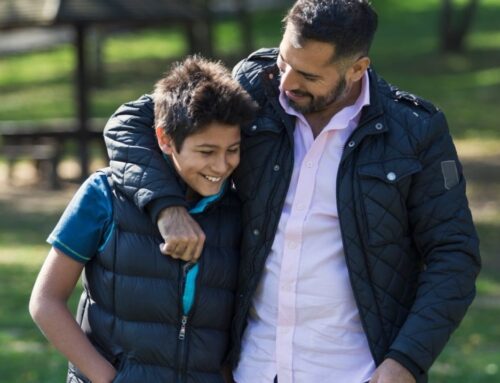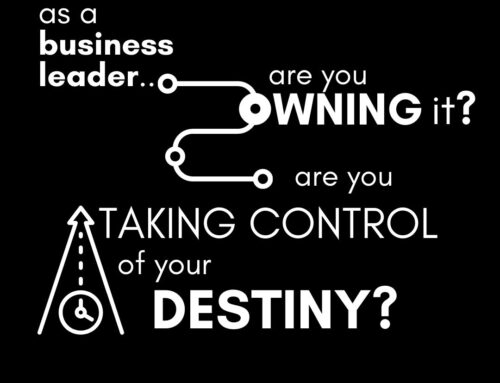In any relationship, communicating and and lots of interacting, in and of themselves, do not ensure that you will feel emotionally, mentally, or spiritually connected all the time. That is unrealistic.
Take the example of Pete and Barb
Pete’s role model was his dad, a verbally abusive alcoholic. While Pete was neither abusive nor alcoholic, under stress, such as when Barb thought they needed to spend money on the kid’s winter boots and finances were tight—not knowing another way—Pete reverted to the hostile refusal to discuss things he’d seen his dad use while growing up. At first Barb tried to reason with him, but over time she became more and more timid. Their relationship deteriorated. It didn’t matter how big or small the issue or topic, they could not talk or connect on almost anything.
In desperation, they turned to me and coaching in the Big Picture Partnering way. They learned the steps and tools of this approach and worked hard to change a relationship gone sour.
The work didn’t always feel good. Nor was it easy to talk—but they did not want to sacrifice their years together. They didn’t regenerate their longed-for, in-love feelings for many months as they talked through even the most mundane things they had been unable to previously discuss. Gradually however, trust developed, and a new sense of closeness grew as they consistently applied the tools of Big Picture Partnering.
While Pete and Barb are an extreme example of a couple in pain, In my experience when couples are committed to making the change, they are often able to turn a difficult relationship around with help. They create a new, stronger relationship, having come through hard times and learning new skills and tools they apply together.
ADDITIONAL GREAT READS FOR YOU
- In contrast, check out the story of Irina and Milo whose relationship “appears” Traditional in their surface roles, however they relate in a true Big Picture Partnering way. This impacts all aspects of their connection—communication, decision-making and intimacy.
- Or – read about Harvey and Lenore who partnered creatively together and made dramatic lifestyle and work changes.
- Then Marybeth and Ron are an example of facing tough differences in what they wanted, but exploring it by partnering together came to a happy solution.
Reflect on your own relationship.
- What aspects feel ‘merged’ to you? Consider if this is due to choice, possibly not claiming or communicating your own needs, or an unconsciousness on both your parts—possibly acting out role models in your families.
- Then, in case you missed it, return to the article Keys to Confidence, Security and Emotional Connection for Couples to continue learning about all 4 relationship styles.
- And if you haven’t already, download your relationship style assessment here
- Learn more about our unique approach to Couples Coaching now.
- Or check out all of our online coaching programs and events by visiting drjanhoistadpartners.com/online-courses-events/
MORE RESOURCES
- Chet and Sue were first introduced in the book Book Picture Partnering: 16 Weeks to a Rock Solid Relationship, learn more here.
- Learn more about the Big Picture Partnering Coaching approach.
- Contact Dr. Jan for a Complimentary call to discuss your needs here.
- You Want to Grow But Your Business Has Stalled Out — It’s Time For a Reset - January 7, 2025
- Three Ways to Advance Your Career - October 7, 2024
- How to Take Your Business to the Next Level - October 3, 2024






